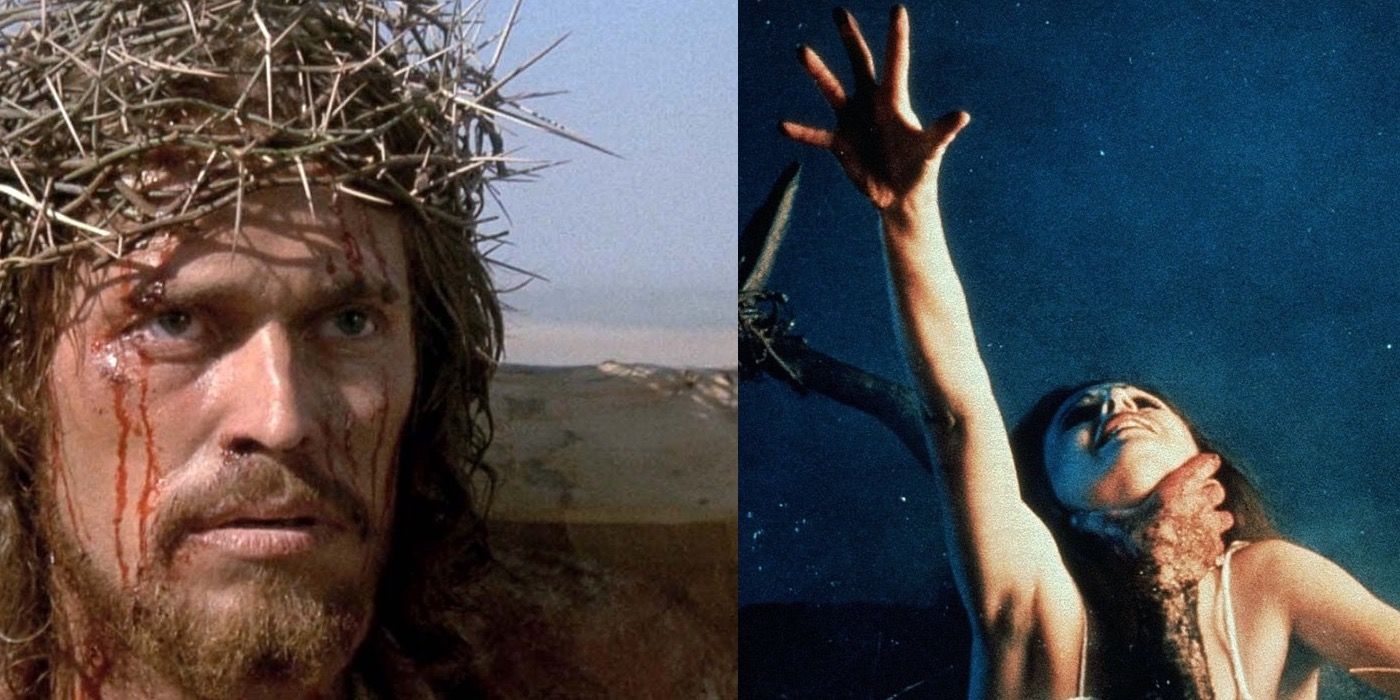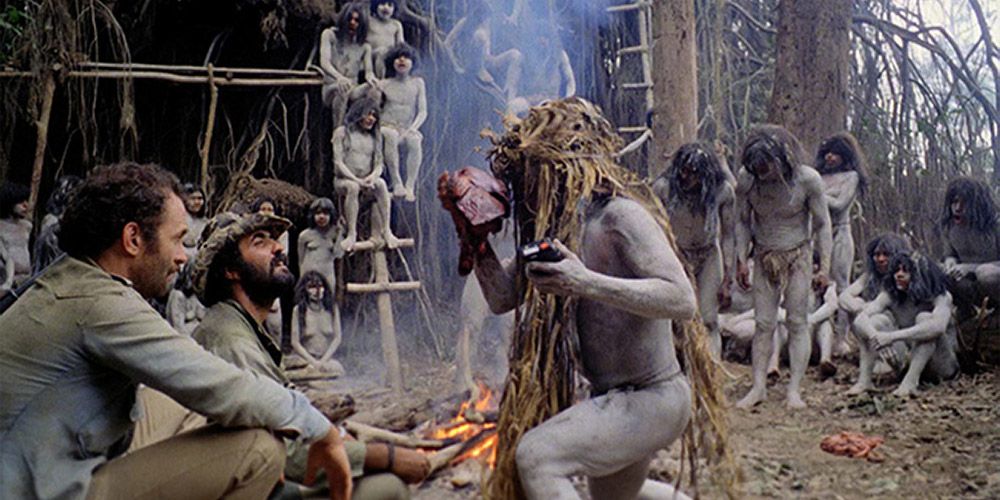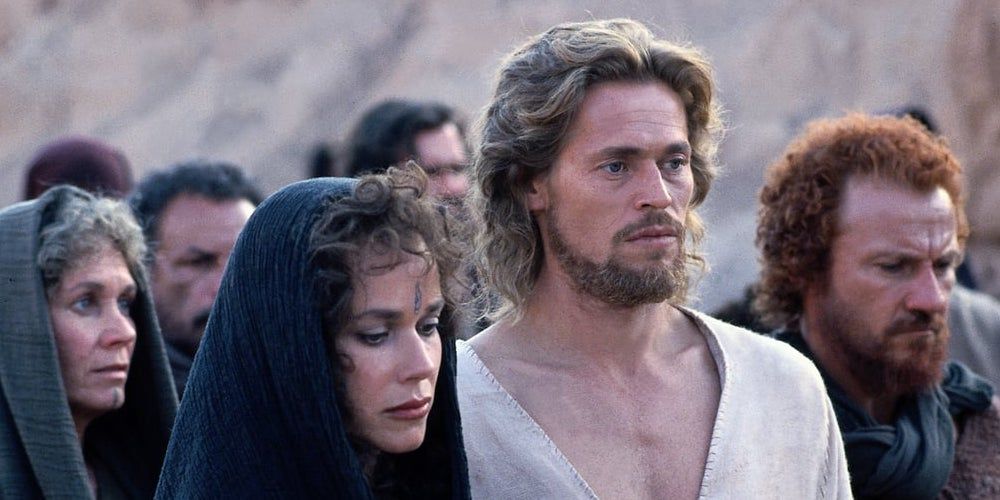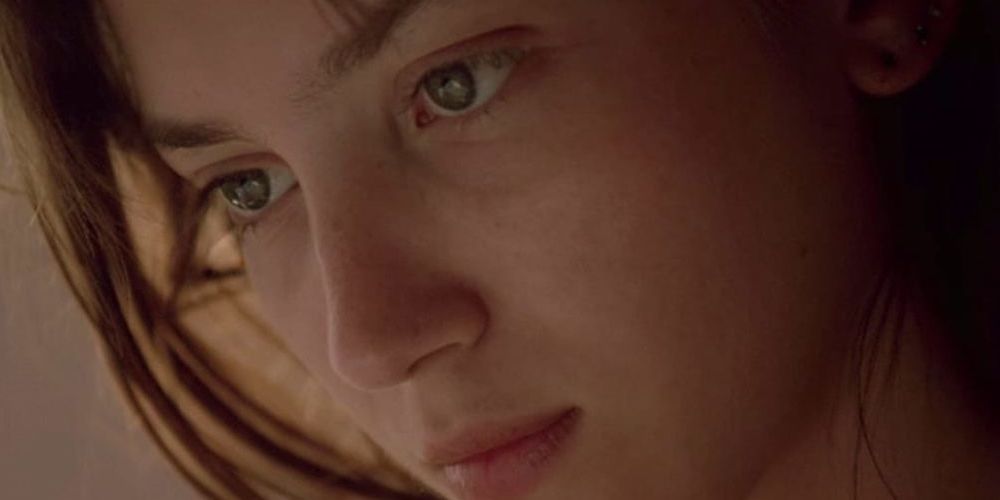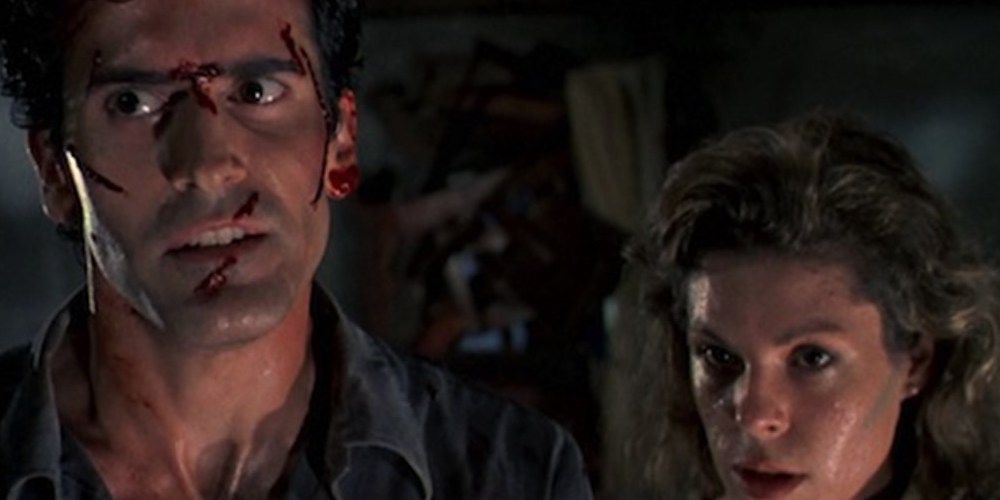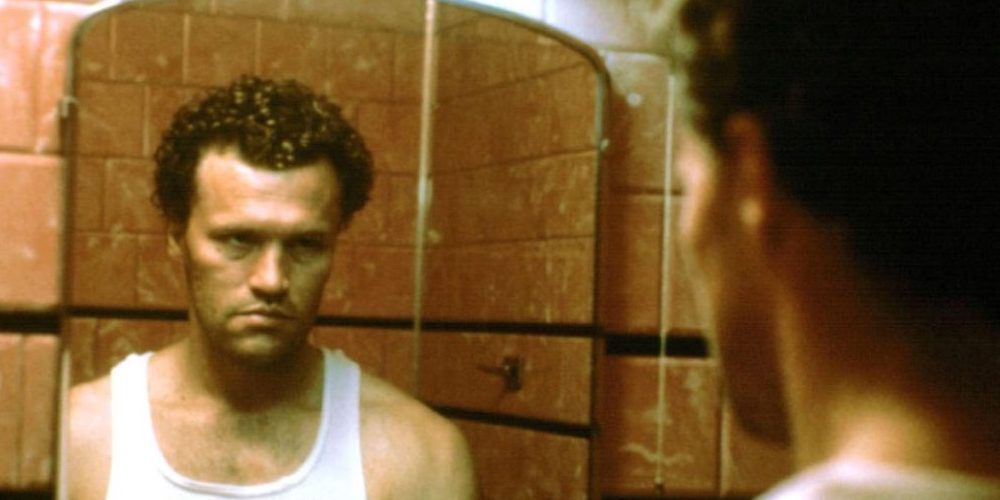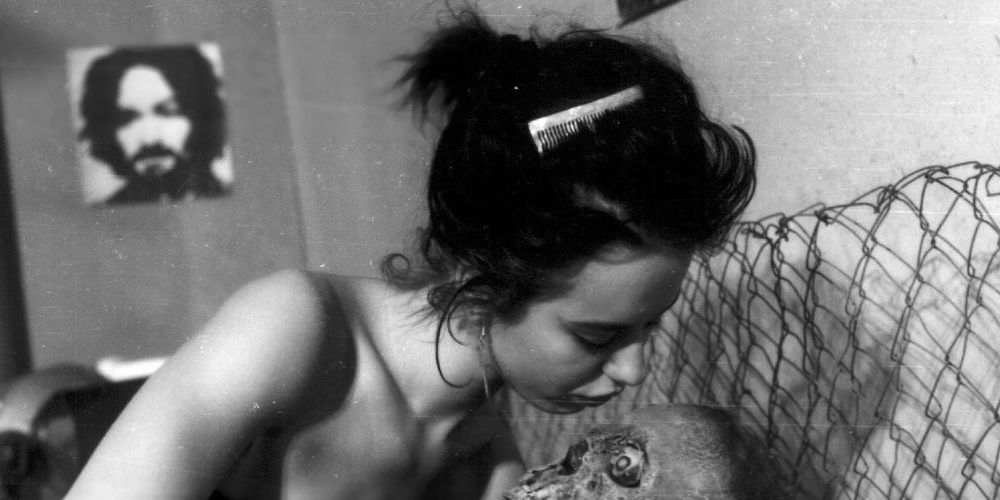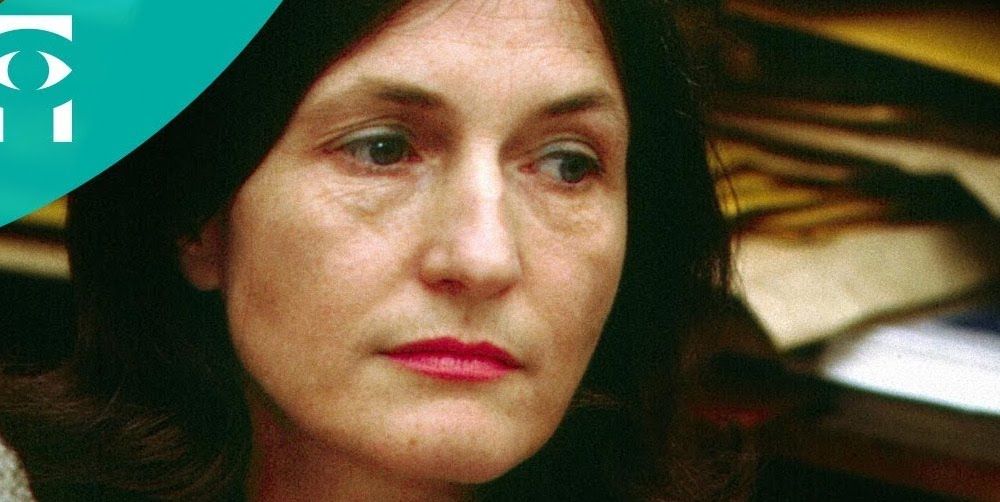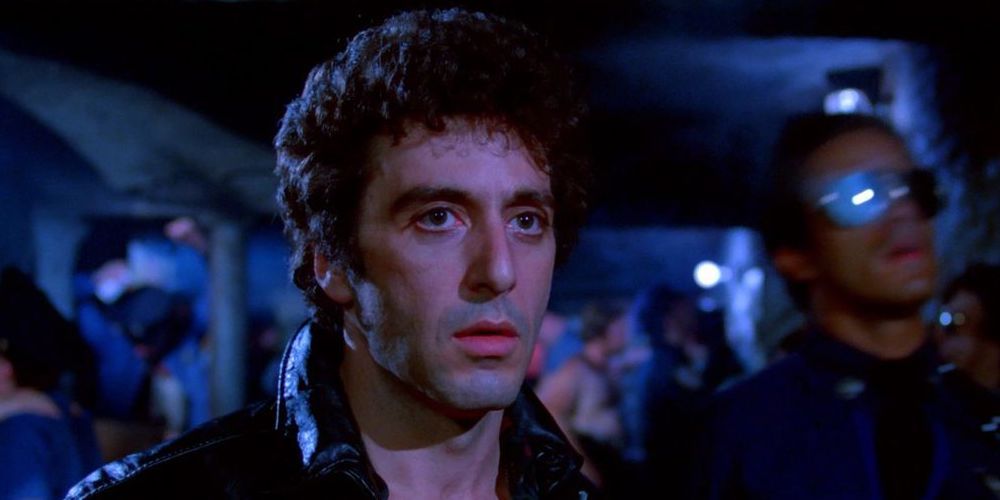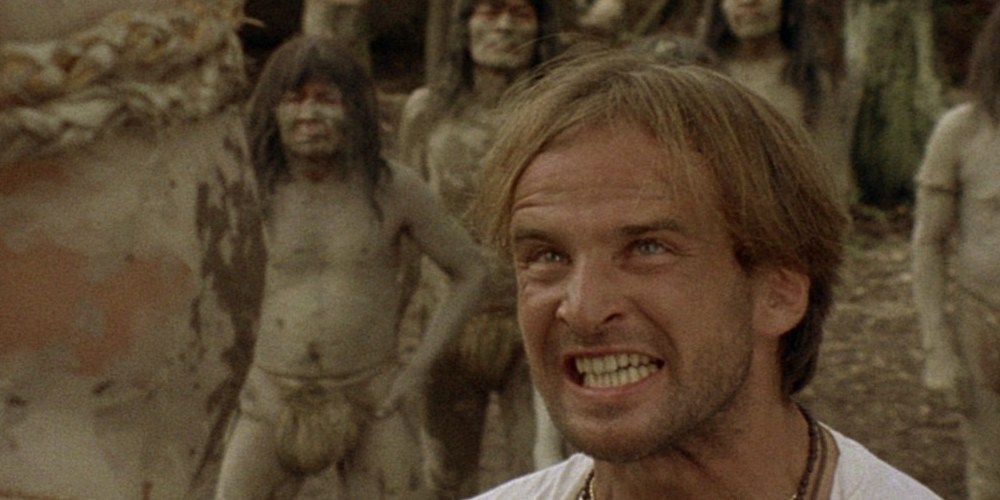Throughout history, there have been a plethora of films that have generated their fair share of controversy. From the inclusion of sexually explicit scenes and other taboo subjects to depraved, violent, and disgusting acts performed by sociopaths, these extreme movies have definitely found an audience among certain groups of people who enjoy the look into the darkest parts of humanity.
While each decade has provided plenty of examples of these kinds of aforementioned movies, the 1980s, in particular, produced especially noteworthy flicks and saw the rise in popularity of the cannibal film and other exploitation movies along with movies that dared to discuss such touchy topics as religion and sexuality. Despite efforts by some to ban these films, they still managed to build an audience.
Cannibal Holocaust (1980)
Quite arguably the quintessential extreme film, Cannibal Holocaust paved the way for the rise in popularity of the found-footage horror sub-genre. Because of its graphic depiction of violence, however, the movie was met with an enormous wave of criticism, censorship, and backlash. Audiences took particular offense to the film's animal cruelty and realistic sexual violence.
The director Ruggero Deodato was even forced to prove the film's actors weren't actually killed onscreen in order to clear himself of murder. At the time of its release, Cannibal Holocaust was banned in several countries including Australia, New Zealand, Singapore, and the United States although the film was later given a release in America and Australia. The influence and legacy of this innovative Italian cannibal movie certainly live on today.
The Last Temptation of Christ (1988)
Director Martin Scorsese is no stranger to controversy and this 1988 film depicting Jesus Christ is perhaps his most controversial. Upon its release, The Last Temptation of Christ garnered a considerable amount of criticism, particularly from conservative Christian groups. Numerous cities across the United States managed to enact bans on the movie despite the studio firmly asserting its First Amendment rights.
Unsurprisingly, that didn't stop people from signing petitions and protesting in the streets in an effort to stop all screenings of the movie. Right-wing conservatives did not take kindly to seeing a figure like Jesus Christ succumbing to Satan and living the life of a common man by marrying and having sexual relations with the prostitute Mary Magdalene. Their efforts were somewhat successful; copies of the film were difficult to come by and The Last Temptation of Christ was banned in many major cities.
Hail Mary (1985)
French New Wave director Jean-Luc Godard certainly made waves with the release of Hail Mary, a contemporary retelling of the Virgin Mary and her pregnancy. While some critics praised the film's attempt to tackle complex religious and spiritual themes, others, including Pope John Paul II, had less than favorable opinions.
Christians went so far as to protest the film's screenings and Godard himself attempted to withdraw the film from Italian theaters. Countries like Brazil and Argentina did manage to ban Hail Mary outright and despite, or perhaps because of its notoriety, the film has managed to maintain its relevance among film lovers, particularly for its stunning cinematography.
The Evil Dead (1981)
Director Sam Raimi received largely positive reviews for his campy, over the top supernatural horror flick The Evil Dead which makes it all the more noteworthy that his film also was the victim of plenty of cuts, censors, and bans. The U.K. was especially critical of the film to where it was illegal to even distribute it. Other European countries refused to show it as well, citing the particularly gratuitous violence and one scene involving a woman being sexually assaulted by a demonically possessed tree.
The legacy of The Evil Dead lives on to this day despite the efforts of some to prevent the movie from being screened. Its controversy has only served to increase its notoriety and cement its place among other iconic horror films.
Silent Night, Deadly Night (1984)
This slasher was destined for the censors from the start due to its shocking depiction of a killer dressed as St. Nick. Families, in particular, were furious at TV ads for Silent Night, Deadly Night being shown during popular sitcoms, and another family friendly fare and complained that their children were now terrified of Santa Claus.
These complaints eventually led the distributor to pull the movie from theaters and rethink the original marketing campaign. The new ads proudly sported declarations of the controversy surrounding the film but that didn't stop critics and audiences from largely sitting this one out.
Henry: Portrait of a Serial Killer (1986)
Few films have made the impact on the crime and horror genre that Henry: Portrait of a Serial Killer made when it first premiered at the Chicago International Film Festival in 1986. John McNaughton's directorial debut is loosely based on the killing spree of real-life serial killer Henry Lee Lucas and had a difficult time even managing to find a distributor after the MPAA slapped it with the dreaded "X" rating normally given to pornographic films.
After three years Henry: Portrait of a Serial Killer did secure a very limited theatrical run and has gained a cult following over the years.
Nekromantik (1987)
To say Nekromantik was a divisive film upon its release would be a gross understatement. While some viewers admired its bold and unflinching look at taboo subject matter such as necrophilia and its subtle sociopolitical commentary, most could not stomach the film's disturbingly graphic visuals.
Interestingly enough, Nekromantik was not banned or censored in its native Germany (although other countries certainly refused to show it); it was only after the sequel came out years later that Germany put a stop to all sales and distribution of both movies.
If You Love This Planet (1982)
At first glance, this documentary short that aims to shed light on the dire consequences of climate change and nuclear weapons may not seem very controversial. Upon closer inspection, however, the context surrounding the time of the film's release reveals plenty of tension between the United States and other world powers.
When If You Love This Planet was first screened, the United States Department of Justice went so far as to brand the documentary short a "piece of foreign political propaganda". This statement had the opposite intended effect; the movie went on to win the Academy Award for Best Documentary Short Subject.
Cruising (1980)
Writer/director William Friedkin became a lightning rod for controversy even before the completion of Cruising, his erotic thriller which takes a look at a subset of the gay community in New York City. Gay rights groups vehemently protested the film's production at every stage, beginning from its inception.
They argued that Cruising was homophobic in nature and would incite violence against the LGBTQ+ community while others were simply content to see people like themselves represented on screen. Activists continued to protest and boycott the film after its release despite a generally favorable reception from critics. Time has been kind to Cruising as it is now regarded as a landmark in LGBTQ+ cinema.
Cannibal Ferox (1981)
Umberto Lenzi made a name for himself as an Italian exploitation filmmaker with 1981's Cannibal Ferox, which follows a group of friends who travel to the Amazonian rainforest in an effort to disprove the existence of cannibalism.
The film was almost immediately banned in the United Kingdom and put on the notorious "video nasties" list for its excessive violence and animal cruelty. Viewers also found the misogynistic and sexist dialogue extremely problematic, as well as the not exactly nuanced performances from the film's actors, many of whom had only previously starred in pornographic films.

